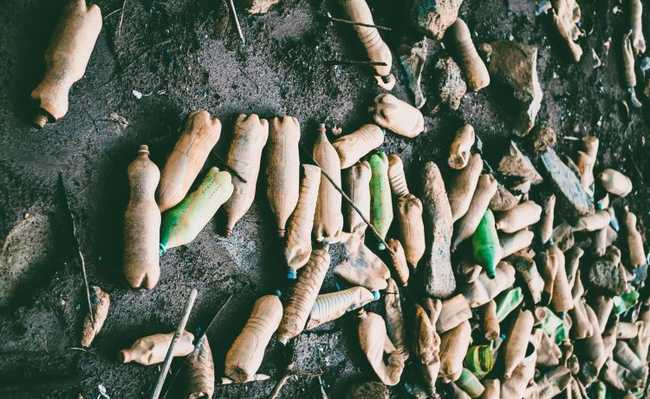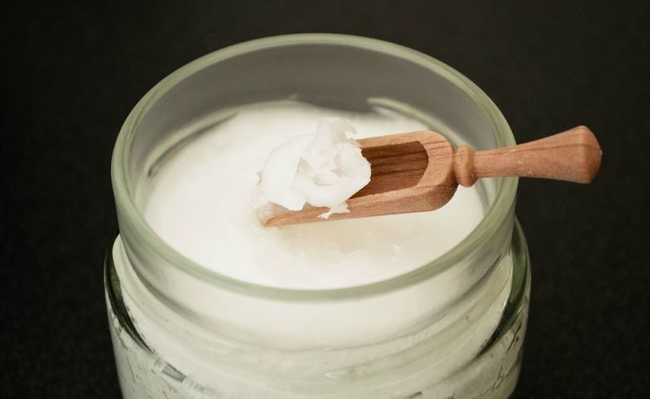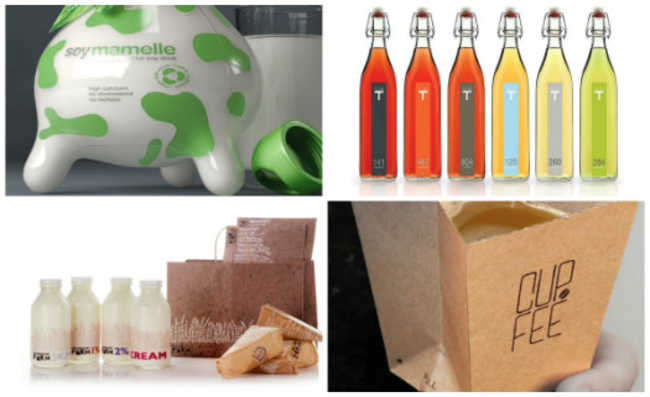Triclosan: undesirable omnipresence
Learn all about the dangers of triclosan and find out about alternative products

Image from WikiImages by Pixabay
Triclosan is an antiseptic product belonging to the group of phenols and ethers. It is considered a polychlorinated diphenyl ether (PBDE), capable of inhibiting the development of fungi, viruses and bacteria. At low concentrations, it prevents the development of bacteria, but at high concentrations it kills these organisms. Triclosan is considered toxic to living beings, causing harmful health effects (such as progressive weight loss and diarrhea) and is highly harmful to human skin, eyes and mucous membranes, making these parts vulnerable to the absorption of other substances .
Where can it be found?
Once you have an idea of the health effects triclosan can have, you could deduce that it would be rare to find it in commercially sold products, right? Wrong! Triclosan is present in a huge variety of consumer products, such as: soaps, toothpaste, bactericidal soaps, deodorants, laundry soap, antiseptics, perfumes, first aid items with antimicrobial function, clothing, shoes, carpets, plastics suitable for use in food, toys, bedding, mattresses, adhesives, in equipment such as air conditioning, paint, fire-fighting hoses, bathtubs, ice production equipment, rubber, toothbrushes and to finish off , it is also used as a pesticide.
The problem involving triclosan is related to the lack of information about the risks associated with the indiscriminate use of the substance, that is, we are conditioned to use bactericidal products all the time, without the real need and without limits. Favoring bacterial resistance and increasing the health risks that substances such as triclosan can cause.
Regulation
In Brazil, triclosan is regulated by the National Health Surveillance Agency (Anvisa), with the maximum authorized concentration being 0.3% in personal care products, cosmetics and perfumes. Anvisa does not present any recommendation of limitation or conditions of use and warning.
In the United States, triclosan is regulated by two agencies, the Environmental Protection Agency (EPA) and the Food and Drug Administration (FDA), so the substance is regulated by the EPA on its use as a pesticide, and by the FDA on its use in the rest of the products mentioned above.
- Antibiotic dumped in nature generates superbugs, UN alert
Effects
There are many studies that show that triclosan provides bacterial resistance - the ability of a bacterial species to adapt to the antimicrobial, by altering its DNA, making its elimination impossible. In other words, it means that the use of products containing triclosan can make the bacteria we want to eliminate more and more resistant and present - superbugs - its use not having any effect after some time, or it is still possible that after not using a cosmetic (such as deodorant, which contains triclosan as the main ingredient), the effect caused is the aggravation of what you want to avoid, that is, in the case of deodorants, the bad odor in the armpit area will be more strong, as the bacteria have become resistant and now in greater numbers. The danger of this process is also related to bacterial resistance of species that are considered pathogenic to humans. As a consequence, triclosan may also contribute to antibiotic resistance, and this poses possible negative impacts on human health.
With respect to other species of living beings, some studies point to the toxicity of triclosan to aquatic organisms (such as algae, fish and invertebrates), which can cause, in the long term, significant effects in this environment. One of the effects would be the dysregulation of the endocrine system, through changes in the thyroid hormone levels. Furthermore, there is evidence that triclosan has properties that favor bioaccumulation in the same aquatic species.
Another important aspect is related to the ability of triclosan to modify the development of aquatic microorganisms, which are important, among other things, for the degradation of organic matter. And triclosan reaches water bodies through the release of effluents from Sewage Treatment Stations (ETE). That is, using substances that have this component in their formulation, in addition to the health risks of the consumer, triggers harmful effects on the fauna and flora with which it comes into contact through the pollution caused by its post-consumer waste when dumped in the sewage networks or any other roads.
Watch a video produced by researchers at the University of Minnesota, in the United States, about the presence of triclosan in the state's lakes:
Triclosan can also affect muscle function. According to research, it is able to reduce muscle activities, affecting the most important muscle in our body, the heart.
Alternatives
Currently, there are already on the market products that exclude triclosan from its formulation, which, instead of using it, make use of natural antimicrobials, such as essential oils of rosemary, field rosemary, cherry, clove, chamomile and cinnamon. The latter, incidentally, was considered by a study to be the most efficient and sustainable antimicrobial oil.
A less aggressive substance you can look for on product labels is humestone, also known as potassium alum. It is widely used in water purification processes and cosmetic applications, acting as an antiseptic and healing agent. Baking soda is also another alternative and can be used for hygiene and cleaning purposes.
In the online store of the eCycle portal you can find triclosan-free deodorant products.









